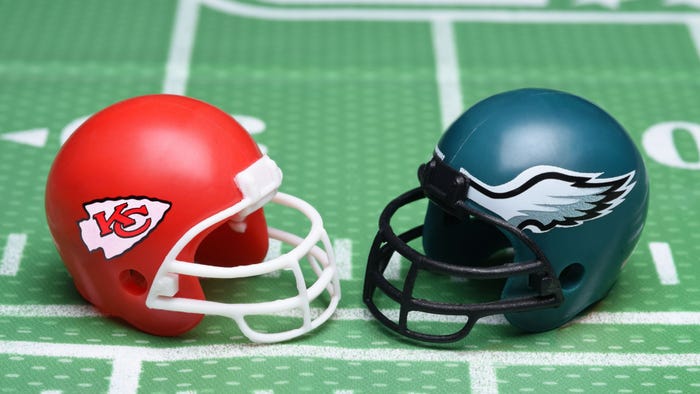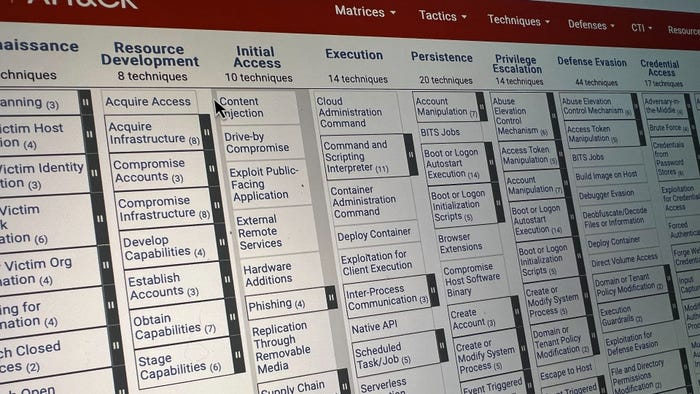iPhone's Facial Recognition Shows CracksiPhone's Facial Recognition Shows Cracks
A research firm says that it has successfully spoofed the facial recognition technology used in Apple's flagship iPhone X.
November 15, 2017

Multi-factor authentication is becoming a "must" for many applications but questions remain about which factors are secure. A recent report from researchers in Vietnam has cast doubts on one promising new factor now available to millions.
In September, Apple announced the iPhone X with much fanfare and a flurry of new technology components. One of the most discussed is its facial recognition technology, which Apple has touted as being convenient, low-friction and very, very secure. Bkav, a security firm based in Vietnam, doesn't dispute the first two qualities but says that the security aspect may be somewhat over-stated.
In a test, researchers at Bkav said that they were able to defeat the iPhone X's facial recognition technology -- technology that Apple claims is not vulnerable to spoofing or mistaken identity -- using a mask made with approximately $150 in materials. While the spoof has yet to be confirmed by other researchers, the possibility raises some discomfiting possibilities.
The most troubling aspect of the demonstration is that the spoof was pulled off using a mask, after Apple went to great pains to show that their technology would only work with the living face of the device owner. In a blog post, Bkav said that they listened carefully to Apple's statements, worked to understand the AI used in the facial-recognition software, and found a vulnerability.
In a statement announcing the vulnerability, Ngo Tuan Anh, Bkav's Vice President of Cyber Security, said: "Achilles' heel here is Apple let AI at the same time learn a lot of real faces and masks made by Hollywood's and artists. In that way, Apple's AI can only distinguish either a 100% real face or a 100% fake one. So if you create a 'half-real half-fake' face, it can fool Apple's AI".
It has been pointed out that building the mask was not easy, requiring 3D scans of the owner's face, high-resolution 3D printing and multiple attempts to get the spoof right. That means that this is not a vulnerability likely to be used in any common scenario.
In the world of serious cybersecurity, though, unlikely is still possible and that's enough to take a technology out of the candidate pool for security covering high-value individuals and data. For most consumers (and for many users in business scenarios) the facial recognition technology in the iPhone X could be good enough. Before it can be considered a real replacement for more proven multi-factor authentication, though, the facial recognition technology may need more time to mature and improve.
Related posts:
— Curtis Franklin is the editor of SecurityNow.com. Follow him on Twitter @kg4gwa.
Read more about:
Security NowAbout the Author
You May Also Like
Uncovering Threats to Your Mainframe & How to Keep Host Access Secure
Feb 13, 2025Securing the Remote Workforce
Feb 20, 2025Emerging Technologies and Their Impact on CISO Strategies
Feb 25, 2025How CISOs Navigate the Regulatory and Compliance Maze
Feb 26, 2025Where Does Outsourcing Make Sense for Your Organization?
Feb 27, 2025


